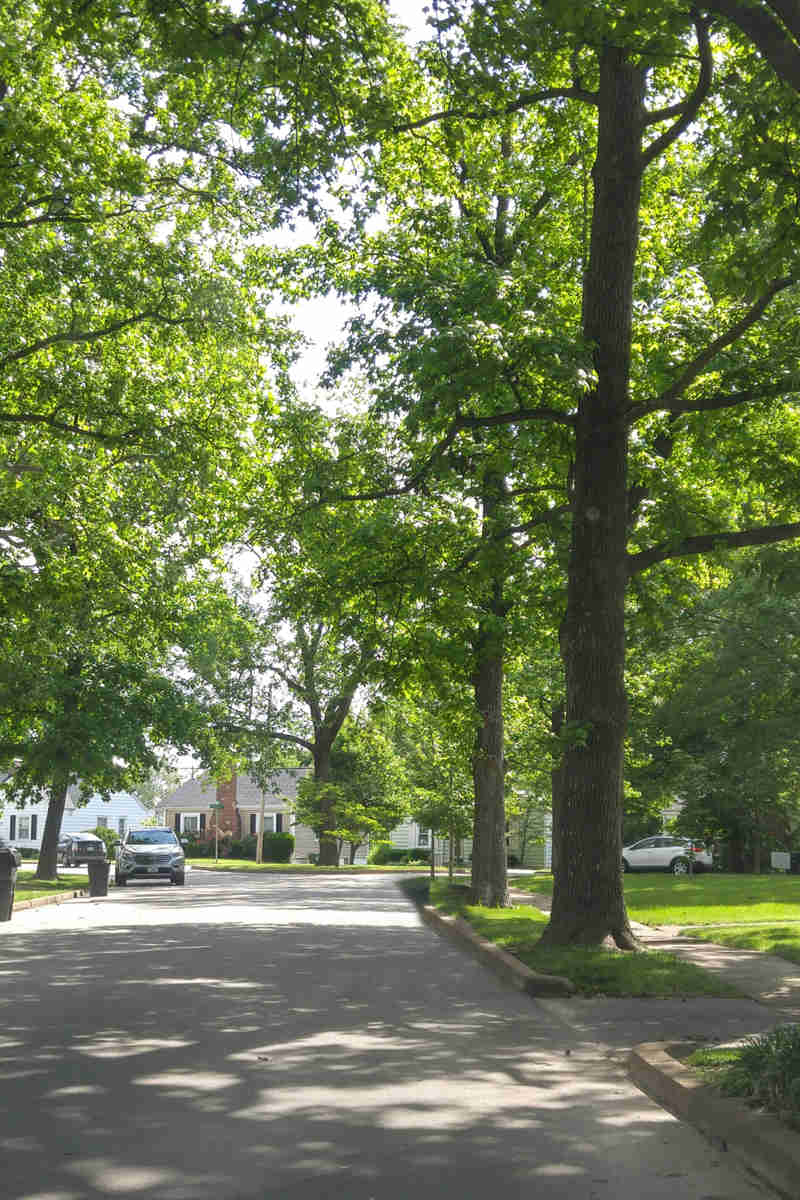This lime-green inchworm with white stripes down its back has been munching on a majority of commonly found shade and ornamental trees in the landscape. The last several years have seen a downturn in populations, making annual applications of Spinosad or BT to shade trees more of a consideration than a “must do”.
Our arborists have observed a decline in populations in most areas with scattered, heavy pockets of feeding that vary every year. In 2019, Winter Moth populations are expected to continue to decline, but exact activity levels and locations are difficult to forecast with certainty. The reduced activity of this pest is welcome news to homeowners tired of looking at defoliated trees with tattered leaves, or the sight of black fecal balls raining down on heads, decks, driveways, and cars.
In some areas, the re-emergence of Gypsy Moth has warranted enough of a concern to plan on treating valuable landscape trees.
Their egg masses are easily recognizable on the trunks and major scaffolding branches. Their preference is oak, but they will feed on almost anything, even evergreens when heavy infestations are present.



